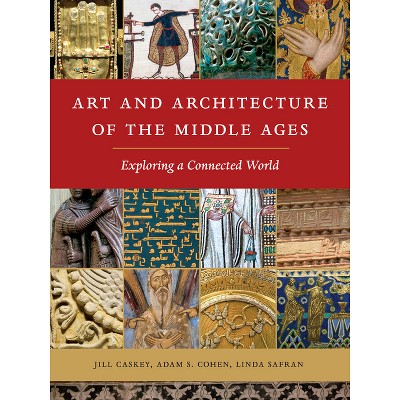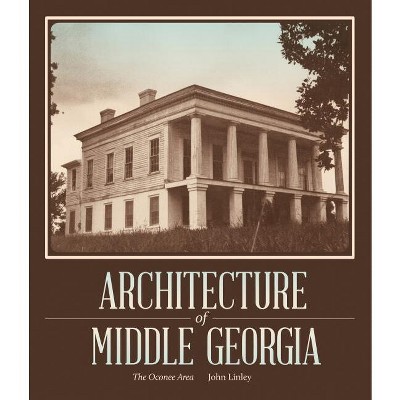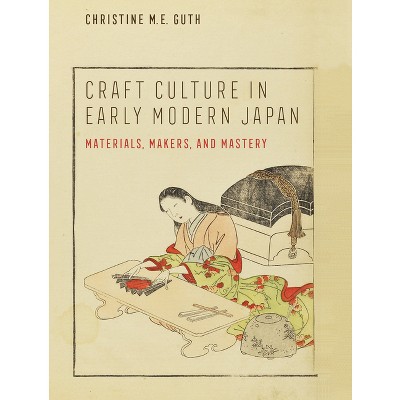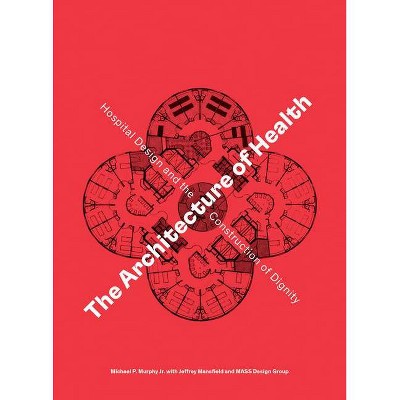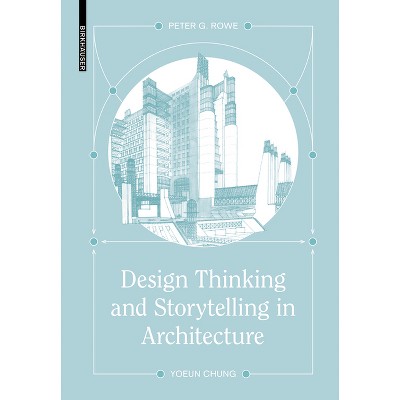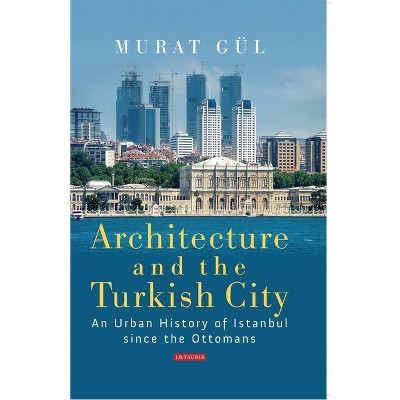Sponsored

Architecture and Affect in the Middle Ages - (Franklin D. Murphy Lectures) by Paul Binski (Hardcover)
$49.95
In Stock
Eligible for registries and wish lists
Sponsored
About this item
Highlights
- How did people living in the Middle Ages respond to spectacular buildings, such as the Gothic cathedrals?
- About the Author: Paul Binski is Emeritus Professor of the History of Medieval Art at Cambridge University, a Fellow of the British Academy, and a Corresponding Fellow of the Medieval Academy of America.
- 264 Pages
- Architecture, History
- Series Name: Franklin D. Murphy Lectures
Description
About the Book
"How did people living in the Middle Ages respond to spectacular buildings, such as the Gothic cathedrals? While contemporary scholarship places a large emphasis on the emotional content of Western medieval figurative art, the emotion of architecture has largely gone undiscussed. In a radical new approach, Architecture and Affect in the Middle Ages explores the relationship between medieval buildings and the complexity of experience they engendered. Paul Binski examines long-standing misconceptions about the way viewers responded to medieval architecture across Western Europe and in Byzantine and Arabic culture between Late Antiquity and the end of the medieval period. He emphasizes the importance of the experience itself within these built environments, essentially places of action, space, and structure but also, crucially, of sound and emotion"--Book Synopsis
How did people living in the Middle Ages respond to spectacular buildings, such as the Gothic cathedrals? While contemporary scholarship places a large emphasis on the emotional content of Western medieval figurative art, the emotion of architecture has largely gone undiscussed. In a radical new approach, Architecture and Affect in the Middle Ages explores the relationship between medieval buildings and the complexity of experience they engendered. Paul Binski examines long-standing misconceptions about the way viewers responded to medieval architecture across Western Europe and in Byzantine and Arabic culture between late antiquity and the end of the medieval period. He emphasizes the importance of the experience itself within these built environments, essentially places of action, space, and structure but also, crucially, of sound and emotion.From the Back Cover
"With characteristic elegance and humor, Paul Binski powerfully reinserts human subjectivity into medieval architectural history and addresses the profound aesthetic effect of the great cathedrals, halls, and mosques of the Middle Ages on the men and women who used them."--Matthew Reeve, author of Gothic Architecture and Sexuality in the Circle of Horace Walpole "Binski shifts attention from the design of medieval buildings to their affects, drawing on a formidable range of Greek, Latin, and medieval sources to retrieve a historically authentic vocabulary to describe Gothic architecture's emotional power. Crucially, he shows how these affects--from fear to joy or wonder--were shaped by rhetorical, ethical, philosophical, and even musical traditions and how they diverge from post-Romantic responses to Gothic churches."--Tom Nickson, author of Toledo Cathedral: Building Histories in Medieval Castile "This book provides a cultural analysis of architecture that weaves together philology, anthropology, and reception theory, among other approaches, with insight and erudition unique to Binski, who illuminates in clear and flowing prose just why great Gothic churches have the power to move individuals and societies."--Meredith Cohen, author of The Sainte-Chapelle and the Construction of Sacral MonarchyReview Quotes
"[A] fascinating new book." -- "Times Literary Supplement"
About the Author
Paul Binski is Emeritus Professor of the History of Medieval Art at Cambridge University, a Fellow of the British Academy, and a Corresponding Fellow of the Medieval Academy of America.Dimensions (Overall): 8.1 Inches (H) x 6.1 Inches (W) x .9 Inches (D)
Weight: 1.3 Pounds
Suggested Age: 22 Years and Up
Series Title: Franklin D. Murphy Lectures
Sub-Genre: History
Genre: Architecture
Number of Pages: 264
Publisher: University of California Press
Theme: Medieval
Format: Hardcover
Author: Paul Binski
Language: English
Street Date: October 29, 2024
TCIN: 91824793
UPC: 9780520402997
Item Number (DPCI): 247-50-4316
Origin: Made in the USA or Imported
If the item details aren’t accurate or complete, we want to know about it.
Shipping details
Estimated ship dimensions: 0.9 inches length x 6.1 inches width x 8.1 inches height
Estimated ship weight: 1.3 pounds
We regret that this item cannot be shipped to PO Boxes.
This item cannot be shipped to the following locations: American Samoa (see also separate entry under AS), Guam (see also separate entry under GU), Northern Mariana Islands, Puerto Rico (see also separate entry under PR), United States Minor Outlying Islands, Virgin Islands, U.S., APO/FPO
Return details
This item can be returned to any Target store or Target.com.
This item must be returned within 90 days of the date it was purchased in store, shipped, delivered by a Shipt shopper, or made ready for pickup.
See the return policy for complete information.
Trending Non-Fiction

$15.68
Buy 2, get 1 free select books
4.7 out of 5 stars with 182 ratings

$19.31
was $20.98 New lower price
Buy 2, get 1 free select books
4.1 out of 5 stars with 54 ratings
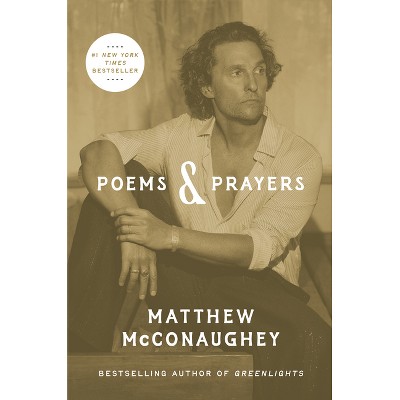
$19.58
MSRP $29.00
Buy 2, get 1 free select books
4.7 out of 5 stars with 11 ratings

$4.59
MSRP $7.99
Buy 2, get 1 free select books
4.8 out of 5 stars with 116 ratings

$6.20
MSRP $10.95
Buy 2, get 1 free select books
4.8 out of 5 stars with 33 ratings

$7.09
MSRP $9.99
Buy 2, get 1 free select books
4.9 out of 5 stars with 45 ratings
